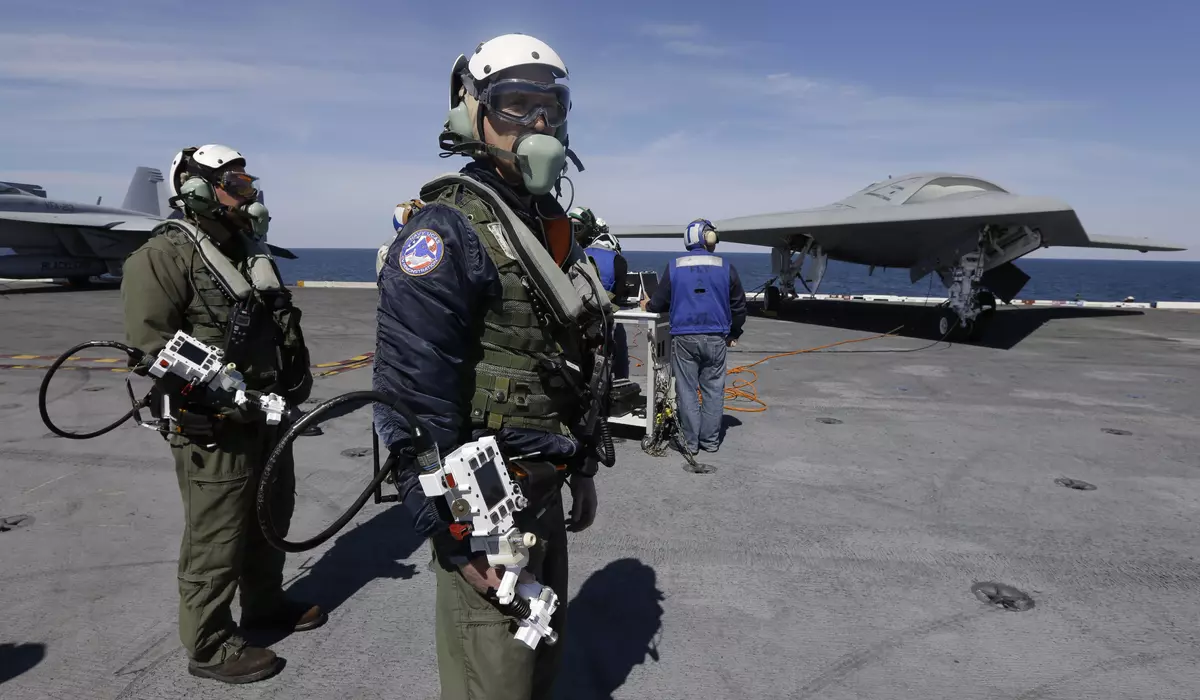

The Pentagon announced Thursday the awarding of a $1.4 billion contract for initial production of the Army’s revolutionary new battle-command system for air and missile defenses.
The contract to Northrop Grumman Systems Corp. in Huntsville, Ala., calls for initial production of the Integrated Battle Command System (IBCS), a hardware and software system that networks space and aerial sensors, ground-based missile defenses, and missile-defense warships.
According to Northrop Grumman the IBCS is “revolutionary and battle survivable” and uses a network of sensors to direct the best weapons system to target and destroy enemy aircraft or missiles.
<!– Temp removal of in article reco
End comment –>
Retired Army Brig. Gen. Christopher L. Spillman said the new system is designed for a threat environment growing at an unprecedented rate.
“Today’s air and missile defense operators and leaders are required to make rapid engagement decisions in a highly complex and congested airspace that includes enemy aircraft, cruise and ballistic missiles, Unmanned Aerial Systems (UASs), coalition forces and civilian assets,” said Gen. Spillman, who now is with Northrop Grumman.
The new system will integrate both older systems and weapons and will be able to link up with newer weapons, both offensive and defensive, as they are deployed.
“IBCS could, for example, be used as a means for command and control of offensive fires capabilities such as the Army’s existing indirect fires systems, and future hypersonic weapons,” he stated.
The command system has been in development since 2010 and in August 2019 demonstrated the intercept of a cruise missile at long range using Patriot, Sentinel short-range radar, and PAC-3 missile defenses.
Four months later the IBCS system shot down two cruise missiles simultaneously in a test using a Marine Corps radar and sensors aboard an F-35 jet.
The command system also will be used by the Polish military for its air and missile defenses.
